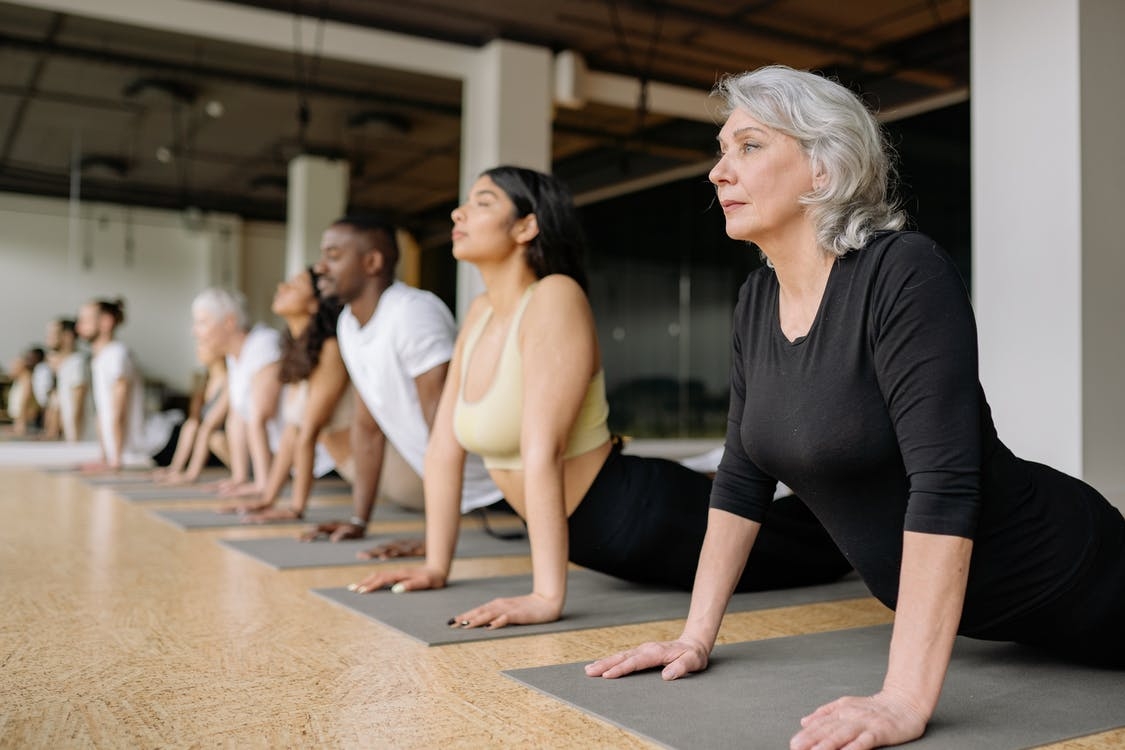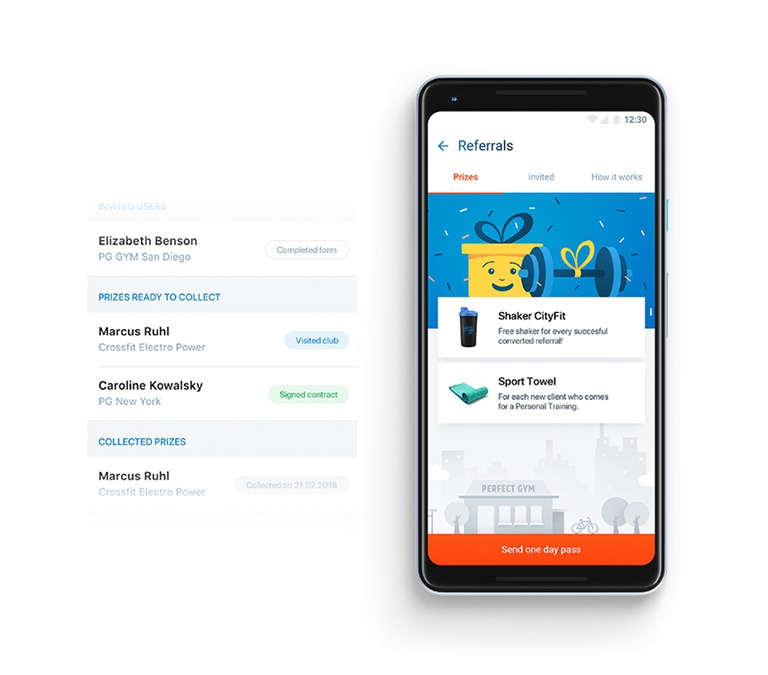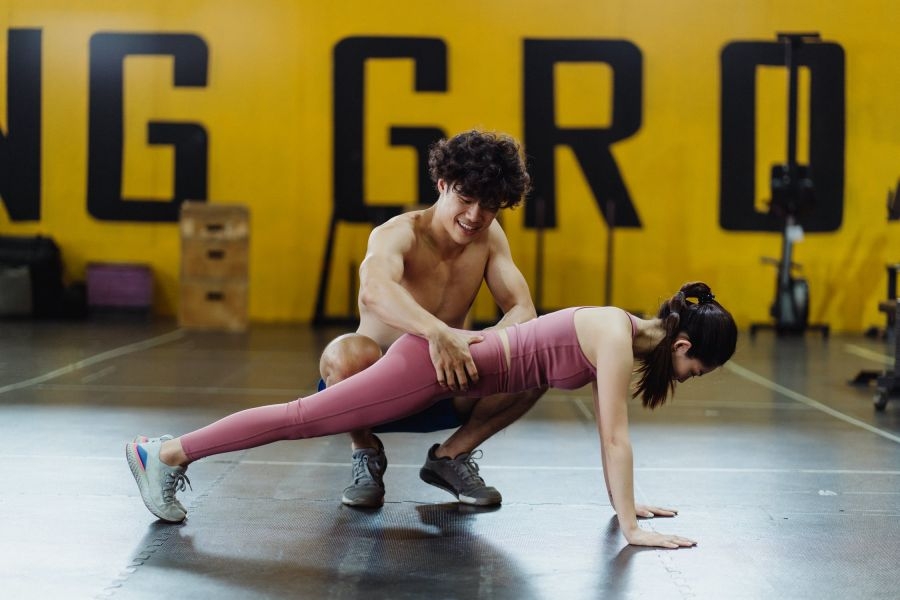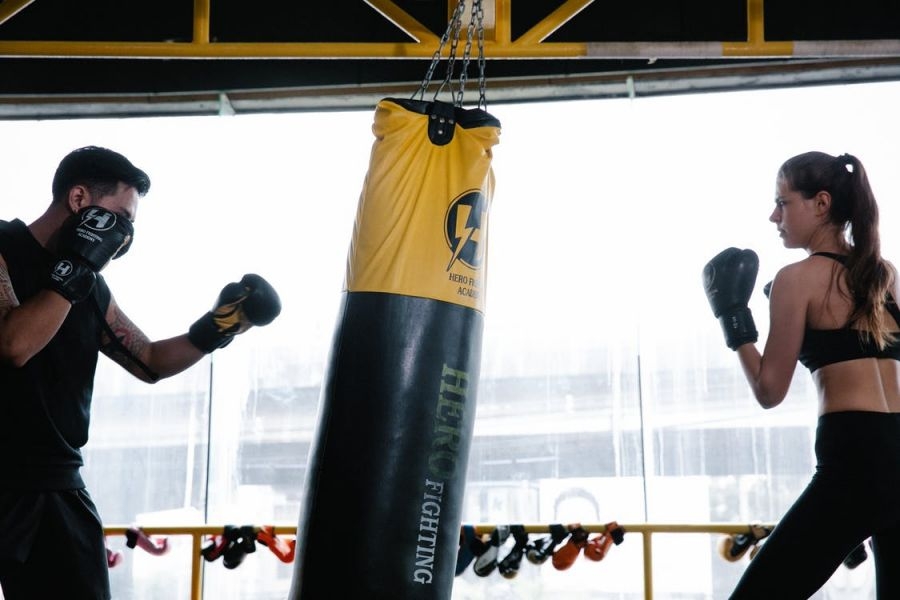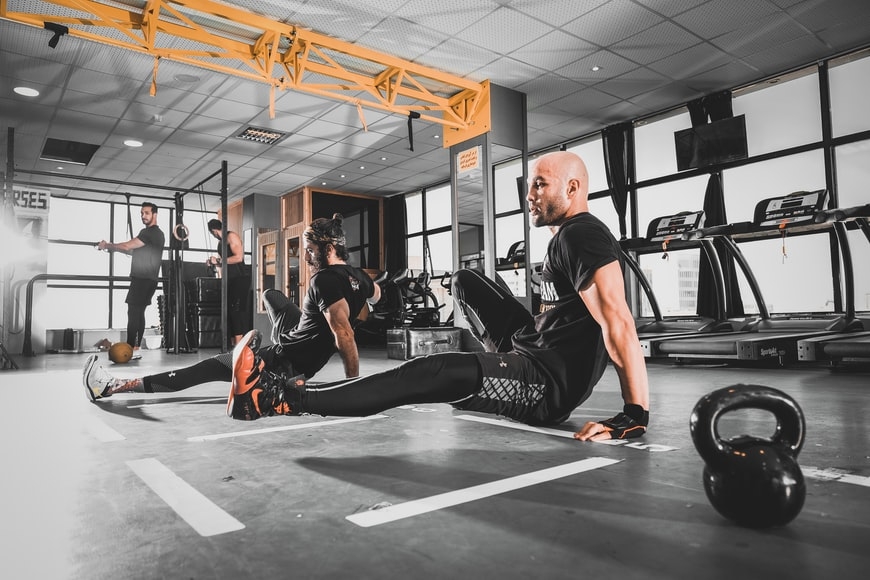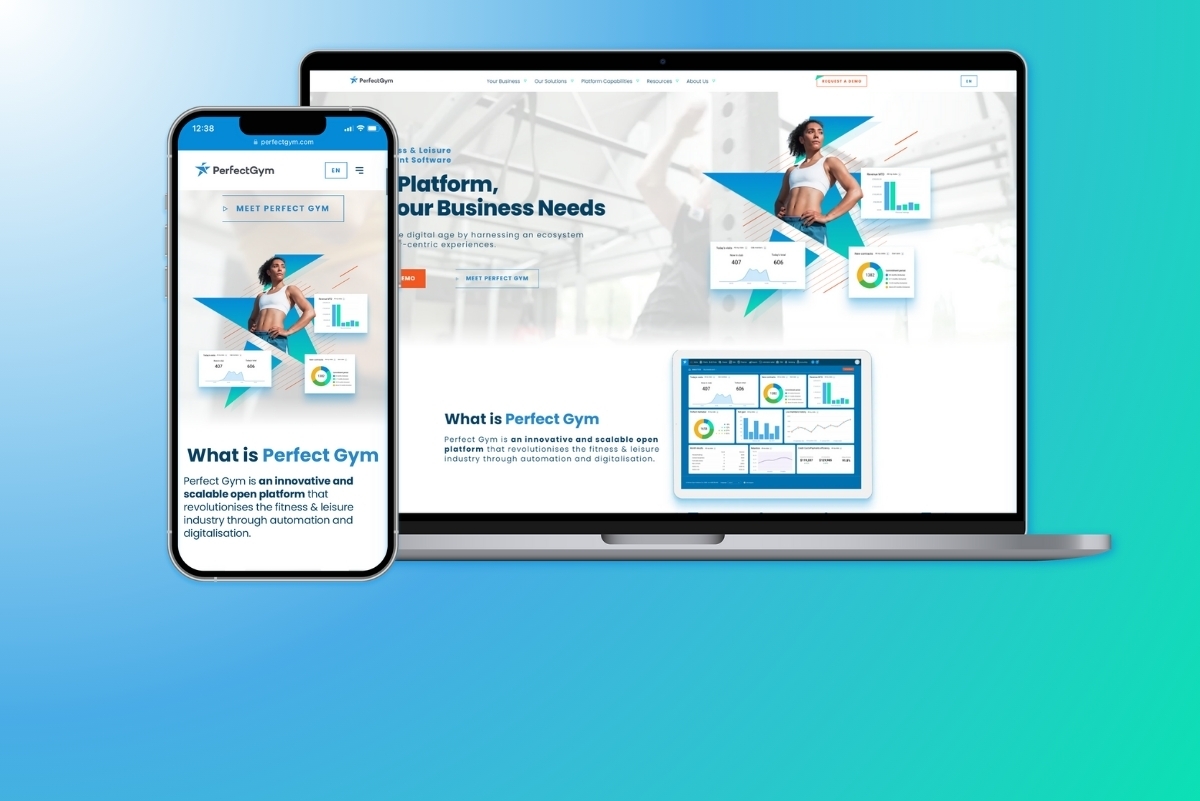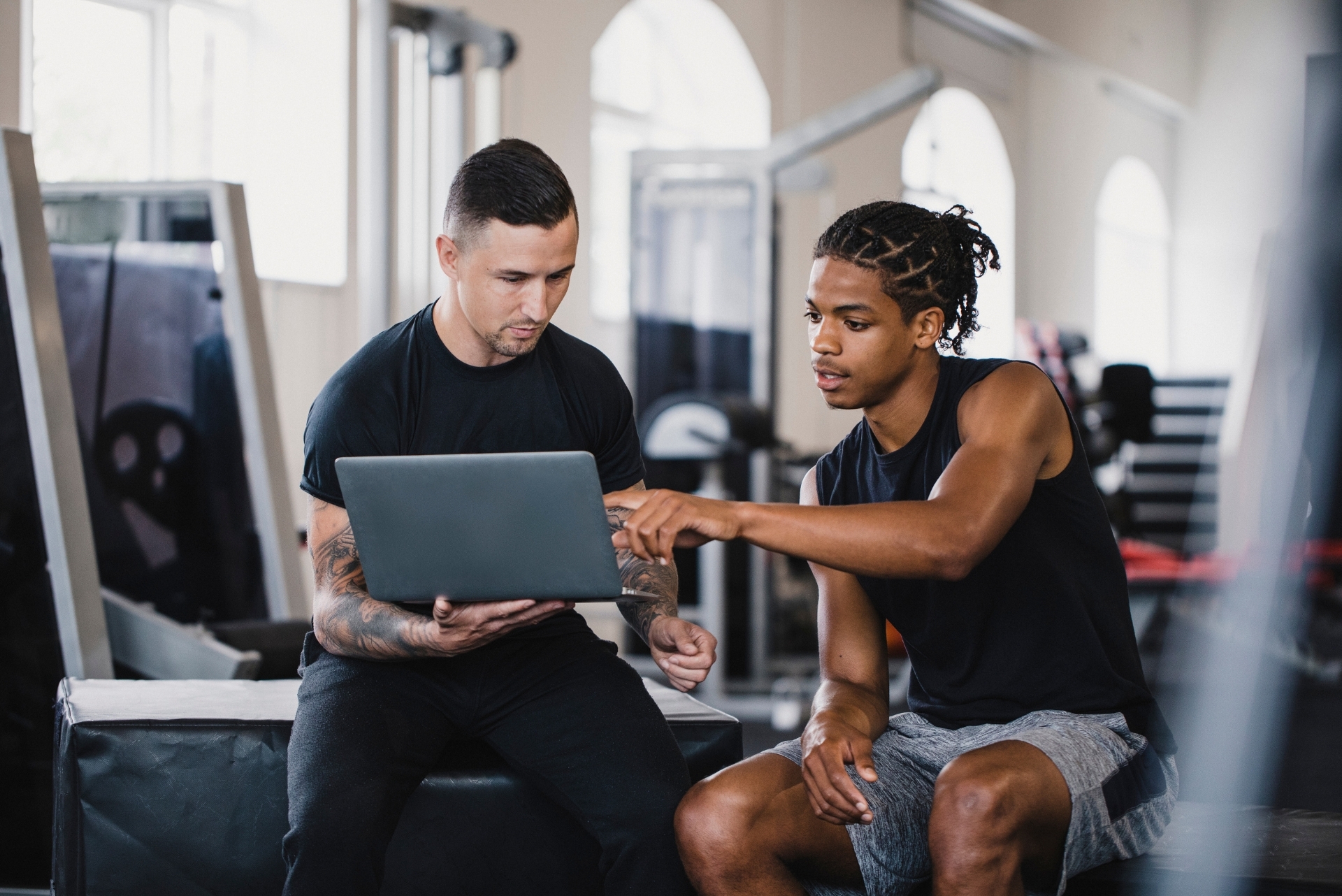As mentioned in the last post, there are many benefits for both gym owners and members for getting into group training. At the very least, by offering SGT sessions, you're tapping into a new market you probably hadn't previously considered.
In this article we are going to discuss the different types of group workout ideas you can try with your next small group training session.
Leverage your gyms community spirit!
Did you know that members attending group classes are 26% less likely to cancel a group class, and 35% remain loyal compared to 29% of gym attendees? What's clear is that there is a direct advantage to offering group classes and making them engaging for members. Once a well-curated class is on the schedule, there is a greater likelihood of keeping them locked in and happy as a paying member.
Small group training is not only an opportunity for your members to become part of a community. It is also a chance for them to build on this community spirit and energise the class with their own ideas. Receiving feedback from members and actively listening to their voices will profoundly impact your club's ability to retain members.
The ‘Rate my Class’ function in the Perfect Gym mobile app sends push notifications to users after every attended class and asks them to rate the class and instructor. This feeds live data to gym owners, providing them valuable insight into which SGT classes are popular.
Beyond having a positive effect on your members' fitness goals, the sense of belonging is what will keep your members turning up to class and coming back.
But a thriving and diverse community won't build itself! It's entirely up to you and your team to kick it into gear and get it off the ground until its momentum can take care of itself. Think about these four ways to develop and maintain a sense of community with group fitness at your gym.
- Get personal with your services
It's worth getting to know your class members by name and what their fitness goals are. Doing this builds a sense of trust, makes them feel appreciated, and helps promote the community spirit. To ease off the pressure of remembering all of your memebrs details, let your management platform do it for you. Perfect Gym allows you and your staff add notes to member profile, helping remember members favourite post-workout protein shake or favourite class.
Once regular members are established in the class, one idea could be introducing a 'member of the month' promotion. Include information about their fitness journey so far at your gym, and don't forget to talk about their life outside of the gym so other members can relate and get to know them better.
- Get creative with a member challenge
Rolling out a friendly, in-house membership challenge not only helps your members reach their goals quicker but also helps them get to know their peers better! It's best to keep the task simple for members; the goal here is to encourage a bit of light-hearted competition.
You can leave a signup sheet with people's names and times next to a particular machine to see who achieves the most reps.
Or, at the end of a small group training, split members into two groups. Select an essential exercise that everyone's comfortable with and teams to compete for as long as they can. The team with someone to stop first loses.
PerfectGym's automation and marketing feature allows fitness club owners to remind their guests about in-club challenges, meaning they're always up-to-date with the latest club news.
- Get member's referring their friends
Having a referral program in place at your gym is vital. Many gyms use them as one of their main strategies to organically grow and acquire new members.
Think about making one specifically for SGT sessions; there's nothing wrong with tailoring one specifically to your classes. Maybe try hosting “bring a friend week”, where members take along a colleague for free.
Encouraging members to attend classes with their friends can often eliminate the stigma of attending a class without knowing anyone. This strategy is an effective tactic to allow a new prospect to get a taste of a class.
- Get promoting the community on social media
Aside from direct class referrals, have you ever thought about getting your members to do the dirty work for you? You can build off your member' networks and get them engaged outside of your studio!
Get your trainers and instructors involved and ask them to take and post photos of your group in class (with their permission, of course). Ask them to tag their social accounts or share them on your Instagram stories.
When they're actively engaging with and resharing content, it's essentially free marketing for your business.
Ideas for group workouts
A fun and effective group workout should include a range of exercises to address different areas and muscle groups. Let';s begin with some warm-up ideas to get everyone going.
-
Equipment-based group workouts
Small group training sessions are created for a particular type of equipment, such as suspension trainers, barbells or kettlebells. These types of training are generally associated with strength-building exercises. According to the latest recommendations from the American Council on Sports Medicine (ACSM) and the American Heart Association, people should include strength training twice a week as part of their overall fitness routine.
For instance, a small group training session on the suspension trainer could involve a series of push-up variations, mountain climbers, rows, lunges and curls.
A group session with kettlebells could involve swings, squats, plank rows and figure eights, provided there is enough space on the floor for everyone to move freely.
When the trainer is instructing on one type of equipment, and all the participants are doing the same exercise, they can teach the group about proper form. The instructor can then walk around and inspect each person while exercising to help each individual improve what they are doing.
Source
-
Skill-based group workout
Small group training can be designed for a group with a common athletic goal in mind, such as ski conditioning or golf training. These are popular for sports club members who want to improve an area of their fitness for the sake of their chosen sport. Members from a sports club might join a gym to improve a particular facet of their game—to increase their overall proficiency for a specific sport.
The best exercises for this type of small group training emphasise the most-used muscles for that particular sport and address common points of weakness. For instance, the instructor could focus on lunges and step-ups for those interested in ski conditioning. These exercises prepare the quadriceps for the eccentric, concentric and isometric pressure that skiing naturally puts on this muscle group.
For golf training, the instructor would focus on core rotation and shoulder exercises to offer participants the chance to have more power and finesse for swinging the club.
For those competing in mixed martial arts, athletes require high levels of metabolic conditioning to rapidly generate explosive power. Instructors can introduce their clients to high-intensity interval training (HIIT) to help with improving this in a group setting.
Source
-
Outcome-based group workout
The best small group training sessions stay focused on the clients' goals. The exercises suitable for a weight-loss orientated group vary for an elderly group aiming to improve balance and daily function.
For instance, the instructor for a weight-loss group should emphasise compound exercises that elevate one's heart rate and burn many calories. Suitable activities to achieve this could include push-ups, pull-ups and squats. A senior group might be encouraged to emphasise coordination, balance and motor skill development, with moves such as low step-ups, one-legged toe touches and ball passes.
If members want to increase muscle definition, the trainer can devise a power-based push or pull exercises program and recommend stacking supplements to maximize the results.. Exercises could include a heavy bench, incline bench press, a weighted wide-grip pullup, or a weighted narrow-grip underhand pullup. As the client increase the weight, the trainer will advise them to decrease their reps to build mass.
If you're looking for a reliable platform to assist members in signing up for online classes, look no further than PerfectGym. Our user-friendly interface will make the process a breeze for members, and the traffic around your group fitness studio's door much easier to manage.
Source
In summary
Group workouts and small group training are central to boutique fitness, which is more than just a fitness trend. Exercising in groups has reshaped the fitness industry and changed the way people are working out.
Entering the world of small group training is an exciting time for any fitness business owner, with so many benefits that we've already listed. It's a trend that will only grow in demand, so it's essential to get on board and take advantage before your competitors do.
As previously alluded, it's a sure-fire way to increase the interest in your gym, and your members can help you market it! New referrals will come through, and your membership rates will increase, not to mention retaining some members who might have been close to quitting. You'll eventually ask yourself why didn't you offer group fitness sooner!
Cover image source
